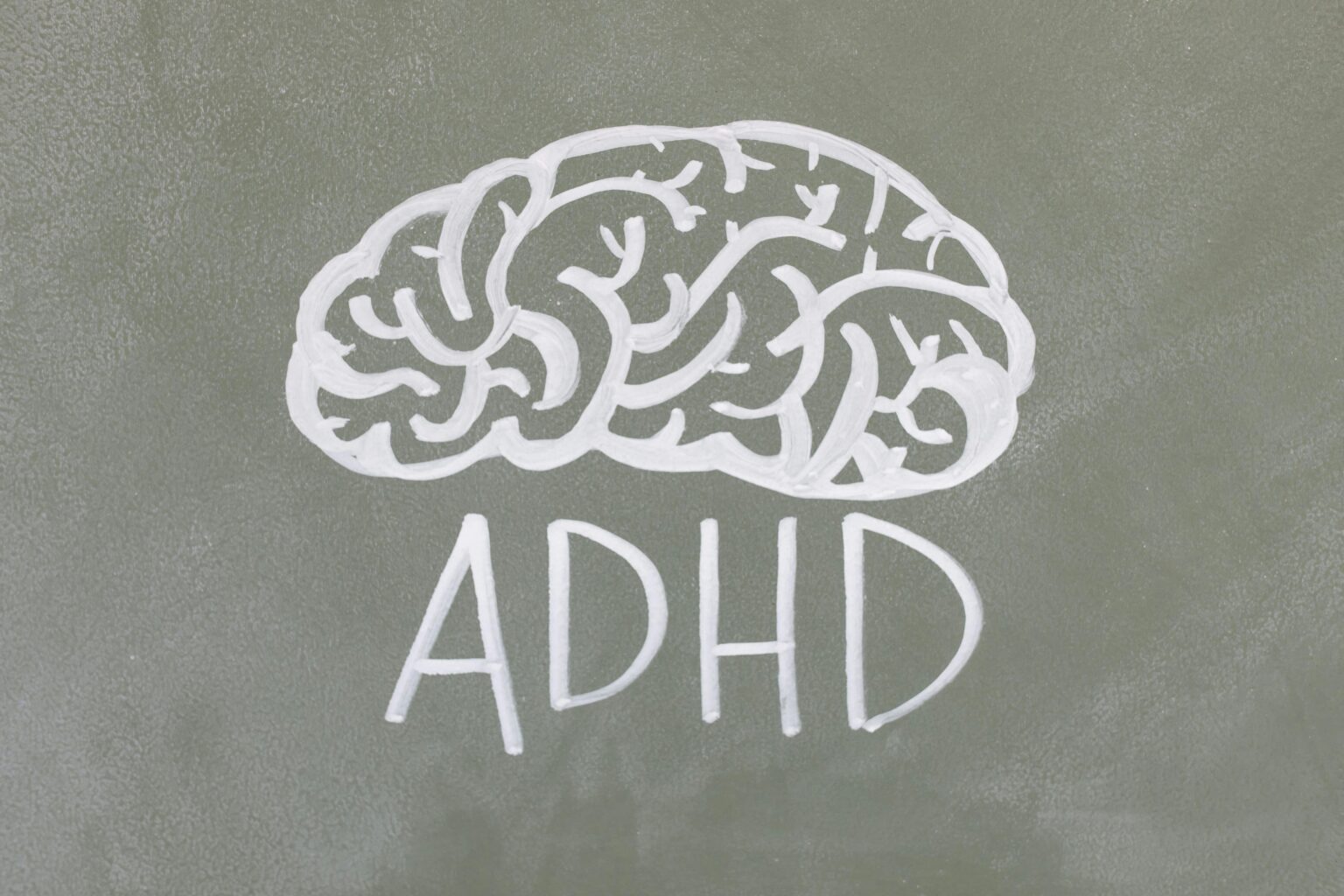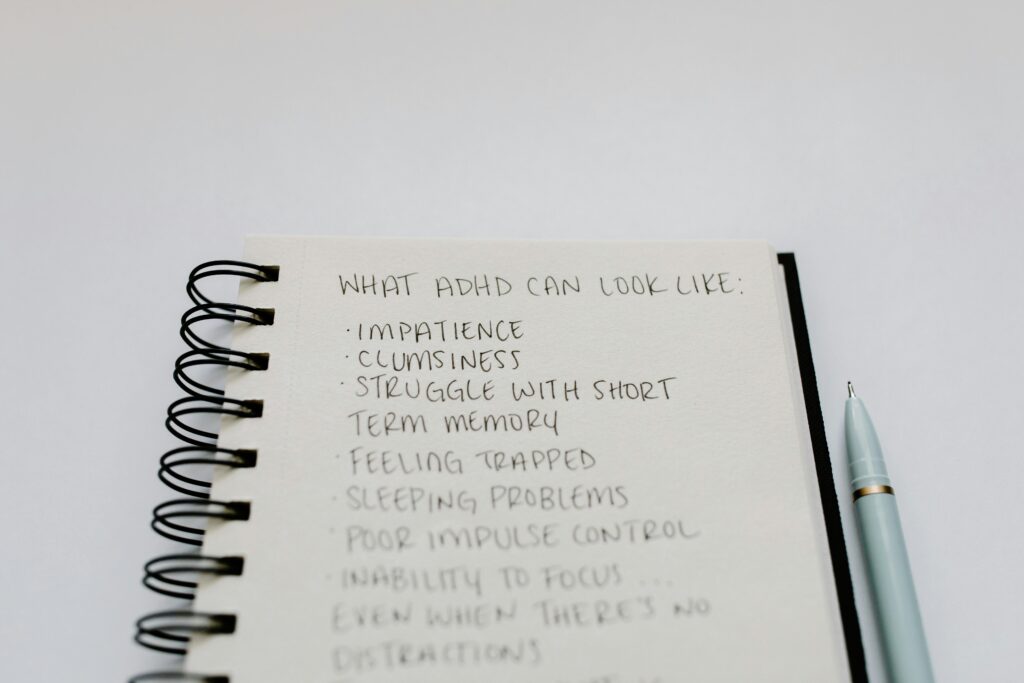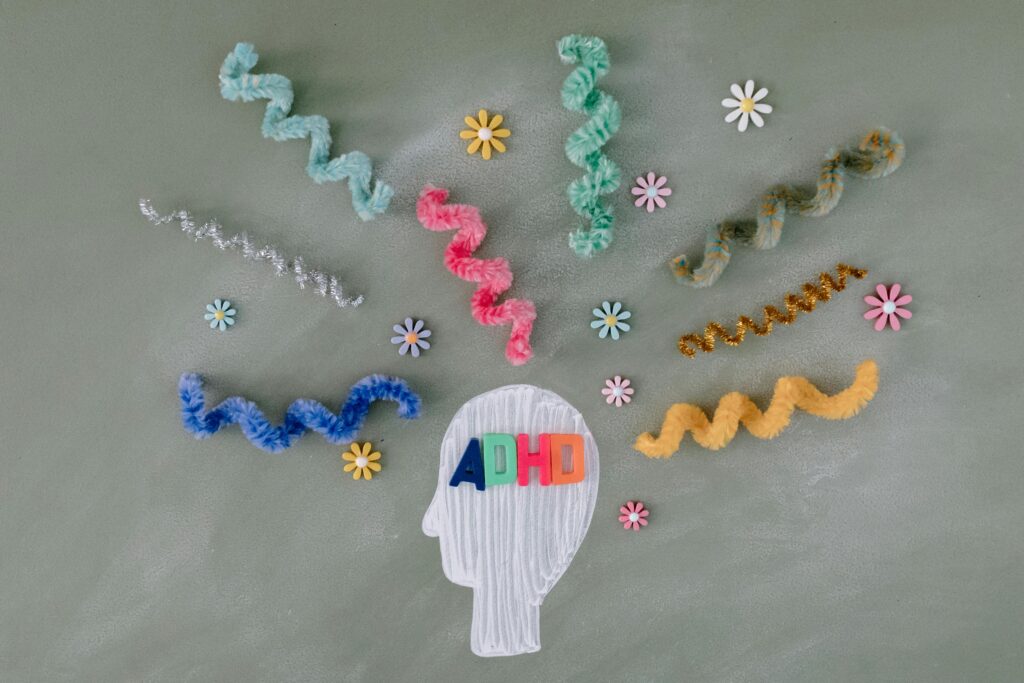Therapy for ADHD in Atlanta, GA and Across Maryland
Having ADHD feels like my brain is a TV with 500 channels, and I’m having a hard time with the remote. I want to focus on one show, but it takes extra effort to do so.
Get Help Today
Fill out the form below and one of our team members will reach out within 24 hours.

Especially for a teen or a college student, ADHD can feel like it weighs you down day in and day out.
Whatever it is, these experiences can feel isolating, exhausting, and even overwhelming, leaving your child to fall behind on important tasks and contribute to low esteem.
It doesn’t have to be this way. Homework, organization, and time management training can help you or your child reclaim your life and regain control without losing yourself along the way.
At CAYA World in Dubai, UAE we’re here to walk alongside you to help you find calm in chaos and find organization amongst all distractions. Take the first step today to work with a clinical psychologist in Maryland or Atlanta, Georgia.
What are symptoms of ADHD?
Someone with ADHD might:
It's time to step into a life where your ADHD doesn't define who you are anymore!
CAYA World in Dubai, UAE provides ADHD therapy for teens, young adults, and parents in Georgia, Maryland, and 42 other states.
Our approach combines proven CBT therapy strategies with a deep understanding of your personal needs and the impact of ADHD on your life, for making and maintaining change.
Research shows that therapy can REALLY help with ADHD and improve quality of life of those with executive functioning difficulties.
- Cognitive Behavioral Therapy (CBT): Helps individuals with ADHD develop practical skills for managing time, organizing tasks, and reducing impulsivity. By focusing on restructuring negative thought patterns and building coping strategies, CBT improves self-regulation and emotional control, making daily life more manageable.
- Behavioral Parent Training (BPT): For children and teens, BPT teaches parents strategies to reinforce positive behaviors and set clear expectations, reducing household stress.
- Executive Function Coaching: Executive function coaching helps teens and adults develop routines, break down tasks, and build accountability, leading to better follow-through on responsibilities and goals.
At CAYA World in Dubai, UAE, we have this expertise to walk alongside you. We’ll explore your vision for the future, draft a personalized plan, and develop the skills and insights necessary to bring it to life.


Who Can Benefit from Working with Us for ADHD Therapy and Support?
Teen ADHD Therapy
We help teens understand their ADHD, build executive functioning skills, and develop practical strategies for managing school, friendships, and emotions.
Young Adult ADHD Therapy
We support young adults in navigating college, work, and relationships while helping them build structure, improve time management, and strengthen self-confidence.
Parent Coaching for ADHD
We provide parents with the tools to support their child’s unique ADHD needs, improve family dynamics, and create an environment that fosters success and well-being.
Our personalized therapy is designed to help you navigate the challenges of ADHD, develop effective strategies, and build a life that works for you by:
Understanding ADHD:
We provide a supportive space to explore how ADHD affects your daily life, emotions, and relationships. Together, we’ll identify your strengths and challenges, helping you gain a deeper understanding of your unique brain wiring.
Building Executive Functioning Skills:
Using evidence-based strategies like CBT and mindfulness, we help you develop practical tools for improving focus, organization, time management, and emotional regulation.
Restoring Confidence:
ADHD doesn’t define you. We work on strengthening self-esteem, reducing self-criticism, and helping you recognize your abilities, so you can approach life with a sense of capability and control.
Creating Balance:
We’ll work together to create sustainable routines, manage overwhelm, and set realistic goals—so you can thrive at school, work, and in relationships while staying true to yourself.


Imagine a Life Where…
- You understand ADHD as a part of who you are, but not the definition of your life.
- You realize that you are so much more than your ADHD and the challenges it brings.
- You feel at peace with yourself, using the tools and strategies you’ve built to navigate challenges without feeling overwhelmed or stuck.
- You take control of your life, setting your own pace, organizing your priorities, and responding to each day with confidence, no matter what obstacles arise.
Ready for Change?
ADHD Therapy at CAYA World in Dubai, UAE: Empowering Teens, Young Adults, and Parents
At CAYA World in Dubai, UAE, we specialize in ADHD therapy for individuals of all ages, offering personalized and evidence-based strategies to help you manage the challenges of Attention-Deficit/Hyperactivity Disorder (ADHD). Whether you’re a teen struggling to stay focused in school, a young adult managing work-life balance, or a parent looking for guidance on supporting a child with ADHD, our expert team is here to help you thrive.


Why Choose CAYA World in Dubai, UAE for ADHD Therapy?
Why Choose CAYA World in Dubai, UAE for ADHD Therapy?
Expert ADHD Therapists:
Our clinicians are experienced in working with individuals affected by ADHD. We use Cognitive Behavioral Therapy (CBT), Executive Function Coaching, and Behavioral Parent Training to create customized treatment plans designed to address your unique needs.
Tailored Support for Teens and Young Adults:
Teens and young adults face unique challenges with ADHD, from school performance to social relationships. At CAYA World in Dubai, UAE, we provide strategies to improve focus, time management, emotional regulation, and self-esteem, empowering you to succeed in all aspects of life.
Parental Coaching & Support:
Comprehensive Parent Support: Parenting a child with ADHD can be challenging. We offer parent coaching to help you understand ADHD, develop effective behavior strategies, and create a supportive home environment that fosters growth and development.
Benefits of ADHD Therapy at CAYA World in Dubai, UAE:
- Improved Focus and Concentration
- Better Emotional Regulation
- Enhanced Time Management Skills
- Increased Self-Confidence and Self-Esteem
- Stronger Relationships and Social Skills
- Practical Coping Strategies for Daily Life


How ADHD Therapy Can Improve Your Life
Reducing Impulsivity:
Learn to manage impulsive behaviors that can affect work, school, and relationships.
Building Organizational Skills:
Develop practical strategies for staying organized and meeting deadlines.
Enhancing Focus and Attention:
Use CBT techniques to improve concentration and task completion.
Get Started with ADHD Therapy Today
If you’re ready to take the first step toward managing ADHD and improving your quality of life, CAYA World in Dubai, UAE is here to support you. We offer online ADHD therapy to make it easier for you to access care on your schedule.
Click here to schedule a free consultation and learn how our expert team can help you or your child manage ADHD symptoms and build lasting strategies for success.

Frequently Asked Questions
-
Will I Have to Talk About Every Detail of My Past in ADHD Treatment?
No, in ADHD therapy, we focus on understanding your present experiences and finding strategies to manage your symptoms. While past experiences may come up, our primary goal is to help you develop practical tools for today—such as improving focus, managing time, and building emotional regulation skills—so you can move forward in your life. -
Do You Offer Online Sessions for ADHD Therapy?
Yes, CAYA World in Dubai, UAE provides online therapy options for ADHD, making it convenient for you to access support that fits your schedule and lifestyle. Whether at home or on the go, we ensure you have the flexibility to receive the help you need. -
Is CAYA World in Dubai, ADHD Therapy Available for Teens and Young Adults?
Yes, we offer therapy tailored specifically to the needs of teens, young adults, and parents, addressing the challenges ADHD presents at different life stages—from school and social pressures to managing work-life balance. -
How Does CAYA World in Dubai, Ensure Privacy During ADHD Treatment?
Your privacy is our top priority. All information shared during your ADHD therapy is confidential, following the highest professional standards and privacy laws, so you can feel safe and secure during your sessions. -
What Kind of Results Can I Expect from ADHD Therapy at CAYA World in Dubai,?
While results can vary, many clients report improved focus, better emotional regulation, and enhanced organization skills. Our goal is to equip you with lasting tools to manage ADHD symptoms, increase self-confidence, and improve daily functioning. -
What if I Have Other Mental Health Concerns Along with My ADHD?
It’s common to have additional concerns, such as anxiety, depression, or difficulty with relationships. Our therapy is designed to support multiple aspects of your well-being, addressing ADHD and any co-existing conditions to help you lead a more balanced life. -
How Does ADHD Therapy at CAYA World in Dubai, Help with Specific Challenges?
Our approach is personalized to address the unique challenges of ADHD, such as time management, organization, impulsivity, and emotional regulation. Using evidence-based strategies like CBT, we’ll help you develop skills to cope with specific symptoms and improve overall functioning. -
How Do I Get Started?
To ensure you get the most out of therapy, it’s important to work with a therapist who’s the right fit for you. That’s why we offer a free consultation. Click this link to schedule yours, and we can discuss how our team can help you meet your goals!
